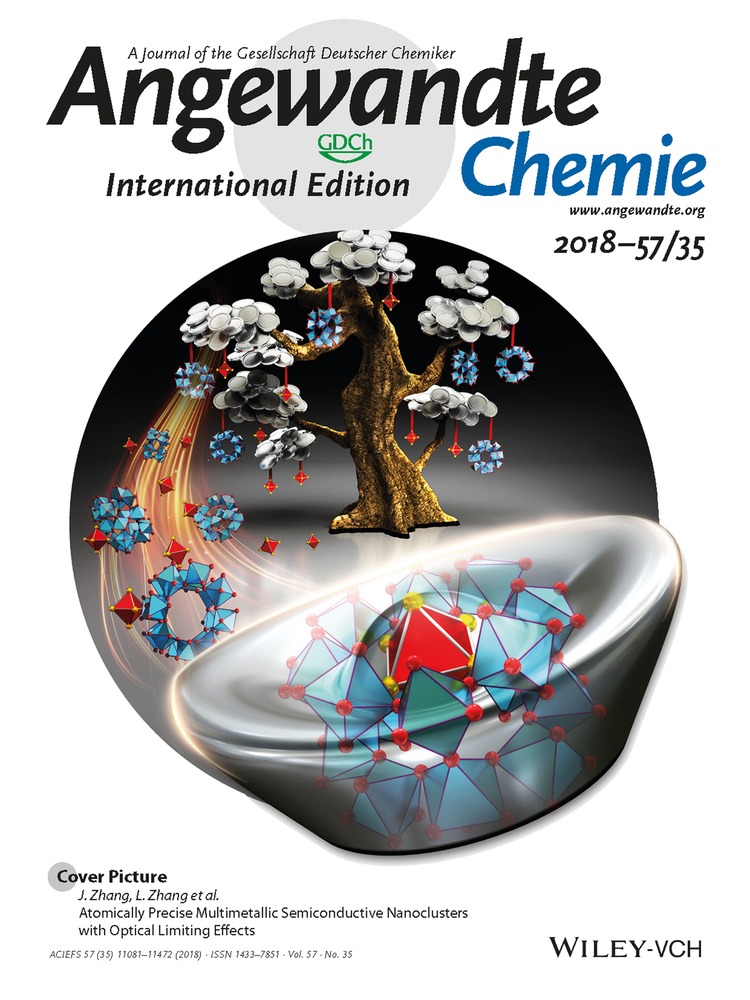Pressure-Induced Emission Enhancement, Band-Gap Narrowing, and Metallization of Halide Perovskite Cs3Bi2I9
Dedicated to Prof. Guangtian Zou on the occasion of his 80th birthday
Graphical Abstract
High pressure is used to modify the optical and electrical properties of zero-dimensional halide perovskite. The pressure response of Cs3Bi2I9 is significant under pressure along with phenomenal photoluminescence (PL) enhancement, band-gap narrowing, and metallization, promoting its photovoltaic applications by better materials-by-design.
Abstract
Low-toxicity, air-stable bismuth-based perovskite materials are attractive substitutes for lead halide perovskites in photovoltaic and optoelectronic devices. The structural, optical, and electrical property changes of zero-dimensional perovskite Cs3Bi2I9 resulting from lattice compression is presented. An emission enhancement under mild pressure is attributed to the increase in exciton binding energy. Unprecedented band gap narrowing originated from Bi−I bond contraction, and the decrease in bridging Bi-I-Bi angle enhances metal halide orbital overlap, thereby breaking through the Shockley–Queisser limit under relatively low pressure. Pressure-induced structural evolutions correlate well with changes in optical properties, and the changes are reversible upon decompression. Considerable resistance reduction implies a semiconductor-to-conductor transition at ca. 28 GPa, and the final confirmed metallic character by electrical experiments indicates a wholly new electronic property.





